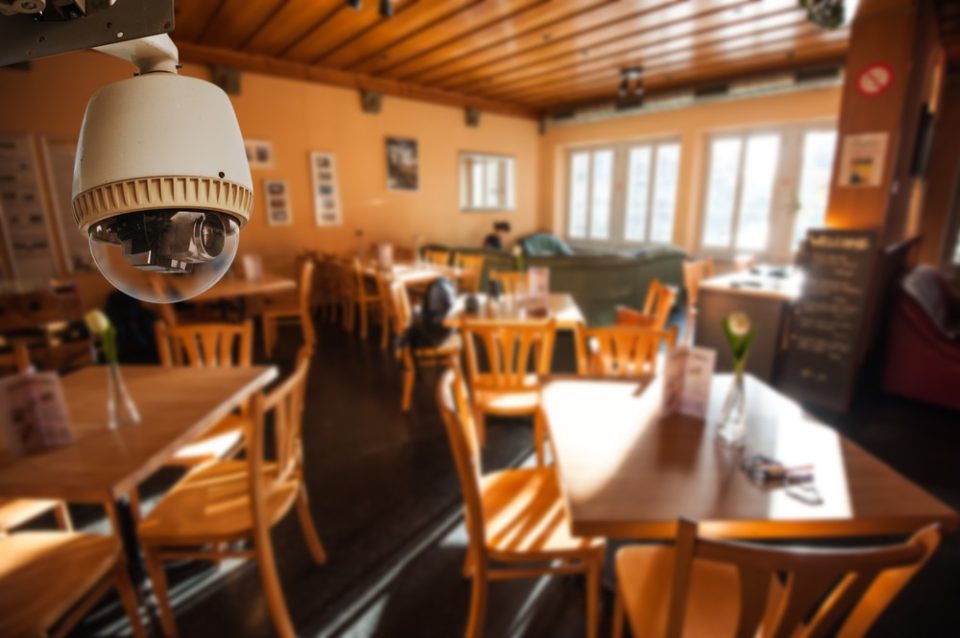Running a restaurant comes with numerous responsibilities, and one crucial aspect is ensuring the safety and security of your staff, customers, and assets. With the increasing frequency of security breaches and incidents, it is essential for restaurant owners and managers to prioritize security measures. By implementing proven security strategies, you can create a safe environment for everyone involved. Here, we will discuss seven effective ways to improve security at your restaurant.
- Install a Comprehensive Surveillance System:
Investing in a high-quality surveillance system is paramount for restaurant security. Strategically placed cameras can monitor both public areas and staff-only zones. Ensure that the system covers the entrance, dining areas, cash registers, storage areas, and parking lots. Opt for high-resolution cameras, remote access capabilities, and a reliable storage system. The presence of visible cameras acts as a deterrent and can assist in investigations if an incident occurs.
- Implement Access Control Measures:
Limiting access to certain areas is an effective security measure. Install access control systems, such as key cards or biometric scanners, to restrict entry to sensitive locations like stockrooms, offices, and cash-handling areas. This ensures that only authorized personnel can access these areas and reduces the risk of theft or unauthorized activities.
- Train Staff on Security Procedures:
Empower your staff by providing comprehensive training on security procedures and protocols. Educate them about identifying suspicious behavior, handling cash securely, and responding to emergencies. Encourage open communication and establish protocols for reporting security concerns. Regularly review and reinforce these procedures to ensure everyone remains vigilant. Keep armed guards with latest guns and holographic sights to improve restaurant security.
- Secure Cash Handling:
Implement strict cash handling procedures to minimize the risk of theft. Limit the amount of cash kept on-site and encourage frequent deposits. Use secure cash registers with password protection and unique staff logins. Regularly reconcile cash registers and conduct surprise audits to deter internal theft and identify any irregularities promptly.
- Improve Lighting:
Well-lit areas contribute to a safer environment. Ensure that both the interior and exterior of your restaurant are well illuminated. Adequate lighting can deter potential criminals, provide better visibility for customers and staff, and help identify suspicious activities. Regularly check and maintain the lighting system to avoid any dark or blind spots.
- Enhance Cybersecurity:
With the increasing reliance on technology in the restaurant industry, it is crucial to prioritize cybersecurity. Protect your point-of-sale (POS) system, online ordering platforms, and customer databases by using strong passwords, regularly updating software, and implementing firewalls and antivirus software. Train your staff on recognizing and avoiding phishing attempts or other cyber threats.
- Develop an Emergency Response Plan:
Prepare your restaurant for emergencies by developing a comprehensive emergency response plan. Include procedures for dealing with incidents such as fires, natural disasters, medical emergencies, or criminal activities. Clearly communicate the plan to all staff members, conduct regular drills, and ensure emergency exits and equipment are always accessible and in good working condition.
Conclusion:
Prioritizing security in your restaurant is essential for the well-being of your staff, customers, and the success of your business. By implementing these seven proven security strategies, you can significantly reduce the risk of incidents, protect your assets, and create a safe dining environment. Remember, maintaining security requires ongoing effort, so regularly review and update your security measures to stay ahead of potential threats.

